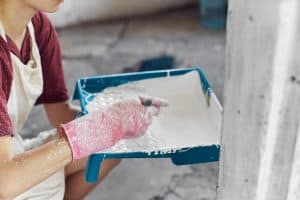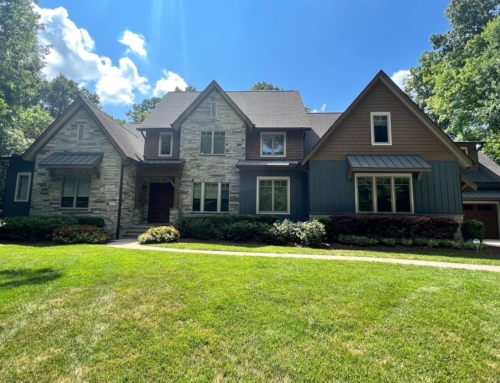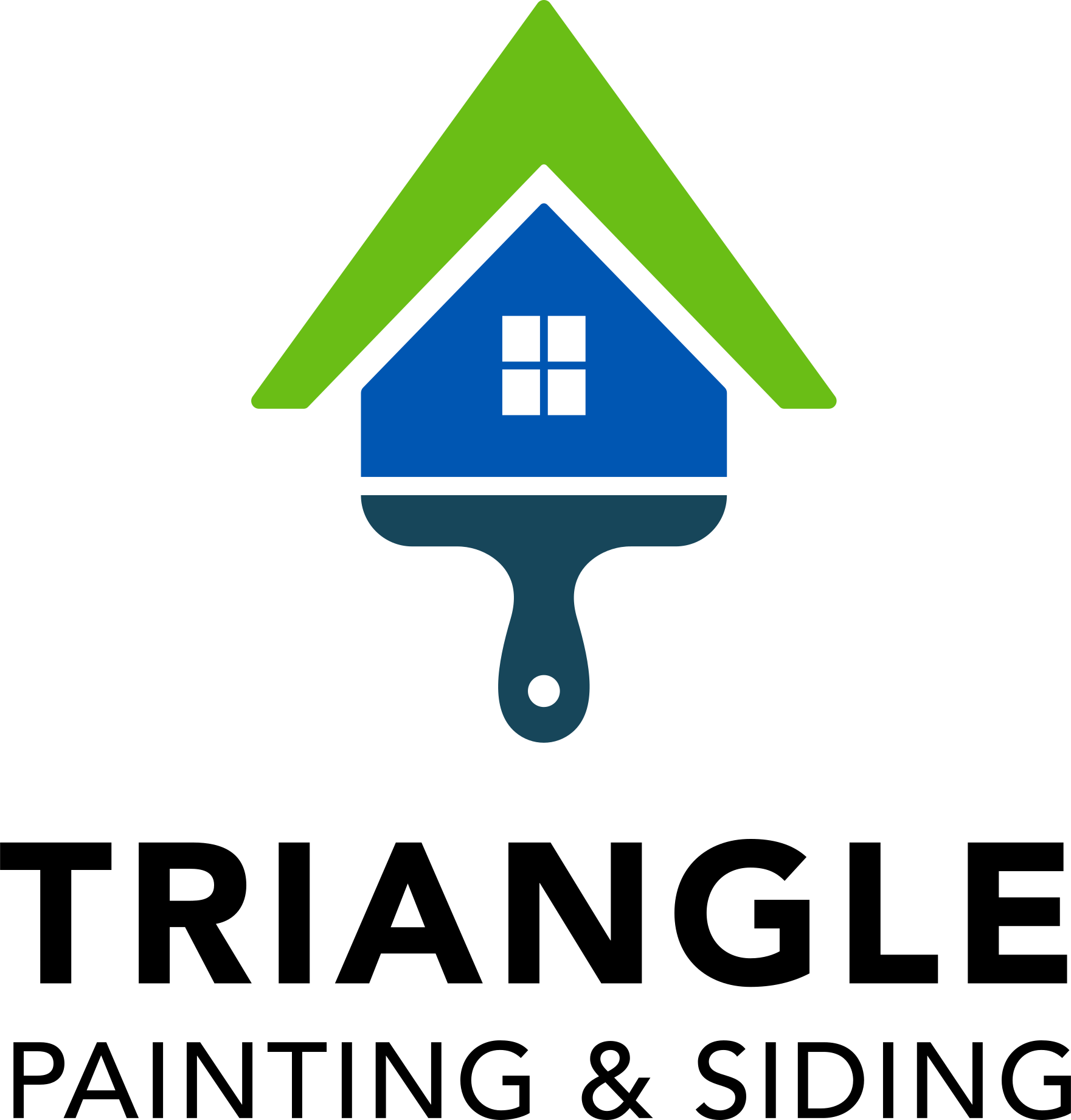Choosing to repaint your walls is an exciting endeavor, but the waiting period for the paint to dry can be a bit agonizing. Although you may be eager to rehang your artwork or rearrange your furniture, it’s essential to exercise patience. Determining the optimal drying time can be challenging but is well worth the effort.
Understanding the type of paint you are using is crucial in achieving the best results. Researching this aspect beforehand can help prevent uneven textures or visible blemishes during the process.
The General Rule On How Long To Wait Between Coats of Paint
 As a general rule, in ideal conditions, you can usually apply the second coat within two to four hours of the first coat. With the advent of modern convalescent paint technology, the drying time has significantly reduced.
As a general rule, in ideal conditions, you can usually apply the second coat within two to four hours of the first coat. With the advent of modern convalescent paint technology, the drying time has significantly reduced.
Although the painting process can technically be completed overnight, it’s important to ensure that the paint is thoroughly dry before proceeding. Several factors to consider are temperature, humidity, paint type, and finish.
Types of Paint
There are three primary types of paint: water-based, latex, and oil-based. Water-based paints have a quicker drying time compared to oil-based paints because they are thinner and more susceptible to airflow.
Conversely, thicker paint, such as two-in-one paint and primer, takes longer to dry due to its density. Sheen is another essential factor to consider, with matte paint drying faster than glossier paint. Using glossier paint can add up to an additional hour to the total drying time.
You should also note that there are three critical time frames when it comes to paint drying: dry time, recoat time, and cure time.
The Process of Paint Drying
Dry Time for the First Coat
The thickness and application method of your paint can have a direct impact on its drying time. The method you choose to paint your wall can also affect the drying process. For example, a paint roller is suitable for smooth to semi-smooth walls and applies the paint in a thinner coat. Typically, it takes around 30 to 90 minutes for the first coat to dry to the touch. The drying time of paint depends on various factors, such as the type of paint, sheen, thickness of application, and method of application.
You should also note that using a brush results in a thicker paint application. While a paintbrush may be more comfortable to hold and use for dipping directly into the paint, its application is denser, and therefore, takes longer to dry. On the other hand, if you use a paint sprayer, the applied paint is not as thick as a brush or a roller, requiring the least amount of drying time.
Adding a Second Coat
Once the first coat of paint is completely dry, it’s usually safe to apply a second coat after four to six hours. A good rule of thumb is to wait at least three hours to recoat your water-based paint or primer. On the other hand, it’s best to wait for 24 hours before recoating with oil-based paint and primer. If you’re unsure about the specific recoating time, the instructions on the paint’s label can provide you with the most accurate guidance.
Curing Time
The process of paint hardening completely, which makes it resistant to scratches, is called curing. The drying time for your paint to become touch dry could be as little as an hour, but for it to be dry enough to apply a second coat, it could take up to a day. However, if you want to use or wash the painted surface, it’s recommended to wait for several weeks.
Although waiting for weeks to resume normal activities in the painted room may not be ideal, it’s necessary for the paint to fully cure. We recommend waiting for at least one to three weeks, depending on the temperature and humidity of the room, before mounting anything or moving furniture back into place.
Factors That Affect Drying Times
Temperature
The ideal time to paint is during the spring or fall season, as the temperatures are neither too hot nor too cold. However, if you’re painting in a room with high or low temperatures, it may lead to increased drying times. To ensure optimal results, it’s recommended to paint in a warm room with low humidity.
Ventilation
In order for paint to dry quickly, proper airflow is necessary. If the ventilation in the room is poor and you don’t have the option to open a window, the paint will take much longer to dry compared to a room with better ventilation.
Humidity
Higher levels of humidity can significantly impact the time it takes for paint to dry. The moisture in the air can hinder the paint’s ability to adhere to the surface and dry properly. As a result, it’s important to consider the humidity level in the room before starting to paint. If you live in an area with high humidity, it’s recommended to use a dehumidifier to reduce humidity levels to around 50 percent or less. This can help speed up the drying process and ensure that the paint dries smoothly and evenly.
Pro Tips on Interior Painting
When choosing paint colors, it’s important to note that darker colors may require additional drying time. However, there is no exact time frame for paint to dry, so it’s best to err on the side of caution. Most professional painters recommend allowing two hours of dry time for satin and semi-gloss finishes, while glossy finishes require about three hours before recoating.
We also recommend referring to the manufacturer’s instructions for the specific paint you’re using and following their recommended wait times between coats. It’s also important to consider the temperature and humidity levels of the painting environment, as they can affect the drying time.
When painting different surfaces, it’s important to follow the appropriate drying times. Here are some general guidelines to follow:
- Interior Paint: dries in one hour, can be recoated in two hours.
- Exterior Paint: dries in one hour, can be recoated in two hours. If there are heavy stains, allow 12 to 16 hours before recoating.
- Kilz Primer: dries in 30 minutes, can be recoated in one hour.
- Ceiling Paint: dries in one hour, can be recoated in two hours.
- Water-Based Front Door Paint: dries in 30 to 45 minutes, can be recoated in one hour.
- Brick Paint: dries in two to three hours, can be recoated in four hours.
- Chalk Paint: dries in one hour, can be recoated in two to four hours.
- General Purpose Spray Paint: dries in 20 minutes, can be recoated in one hour.
Bottom Line On How Long To Wait Between Coats of Paint
If you want to make the paint dry faster, you can do a few things to speed up the process. For interior paint jobs using water-based paints, you can increase airflow to help dry the paint more quickly. To increase the drying rate, you can open windows and bring in a light fan to improve ventilation.
Triangle Painting & Siding Is Here To Help
If you would like some professional help with your painting project, Triangle Painting & Siding is here to help. Simply contact us today to get your free quote. We proudly service the entire Research Triangle area, including Raleigh, Cary, Garner, Apex, Wake Forest, Clayton, Holly Springs, Fuquay-Varina, Knightdale, Morrisville, Durham and Chapel Hill, NC.









